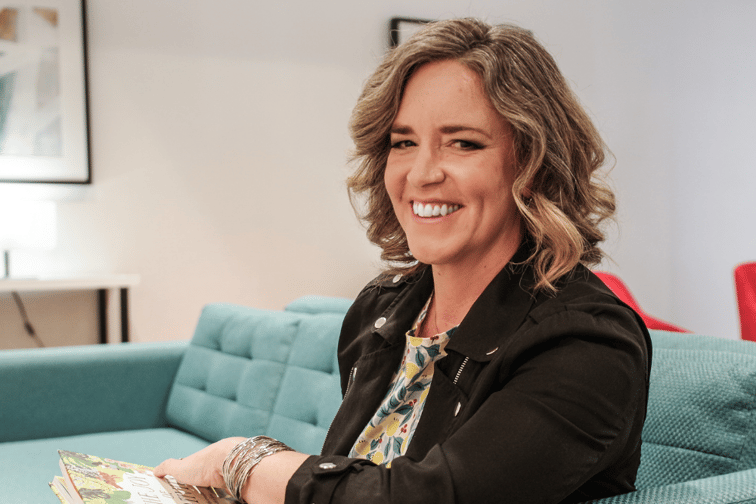

With veterinarian as her day job, and jewellery making, stand-up comedy and creativity expert as her side hustles, Caroline Brookfield (pictured) knows a thing or two about tapping into your creativity when it’s not something that’s encouraged or normalized in your career.
“A lot of people think it’s art or some performance, but creativity is an elemental human skill like breathing - we all know how to do it,” Brookfield, a speaker at the upcoming Women in Insurance Canada event, said. “We can learn better techniques, like yoga or box breathing, that improve our ability to see alternate solutions, adapt and be more agile in response to changes.”
In a report, the World Economic Forum said by 2025, machines and automation would eliminate 85 million jobs but create 97 million new ones, and RBC predicts that 50% of jobs will require significant reskilling or people will have to change jobs completely. With creativity in one form or another - whether it’s innovation or embedded into critical thinking and analytical problem solving - as the number one skill employers are looking for, “it’s total low-hanging fruit for people to develop and differentiate themselves,” Brookfield said, adding, however, that only 18% of employees feel they can take the risk to be creative in their job.
“Things are changing extremely rapidly, and the challenge is we as humans are built to go to status quo solutions and that’s not going to work — what we did yesterday isn’t even necessarily going to work tomorrow, so what are we going to do to face this changing landscape?”
Creativity, especially in a more traditional field like insurance where “creativity has been a bit of a bad word,” doesn’t have to mean making macrame models at your desk, Brookfield said. She calls it every day creativity, such as doodling, making a fancier meal than normal or choosing your outfit with intention. Creativity also increases your mood the next day, and when you’re in a better mood you’re more likely to do something creative so it “becomes this self-fulfilling superpower for resilience, job satisfaction and performance.”
Brookfield recommends starting with those small things in your personal life that are low stakes and looking for more opportunities as you go. Moving into the workspace, even something like building a pivot table or adjusting your call sequence in a different way are examples of being creative. Ask yourself how you can engage your creativity — while of course remaining credible and doing your job well— because it correlates with being happier in your job and helps you find new ways of working that are more productive.
“If you start being more creative in your home life, you become more creative in your work life where you can assess risk and take small chances — it naturally primes our brain to start doing that more and stretches your comfort zone,” Brookfield said. “We learn that ability to step into uncertainty and fear of failure, and it’s like a muscle memory. You don’t sit down and say ‘I’m going to be creative now’, it’s just how you approach a problem.”
Brookfield knows first-hand what it’s like to be in a didactic, analytical world “and attempt to be creative and walk that line without freaking people out too much,” but learning how to apply creativity in a way that helps you adapt and ultimately makes you better at your job is becoming more critical against an ever-changing employment landscape.
“Trying something new, stepping into uncertainty, sharing yourself with the world and being OK with the judgment that follows — that’s creativity,” she said.
Get creative with Caroline and her fellow speakers on June 15 at the Women in Insurance Canada event.
